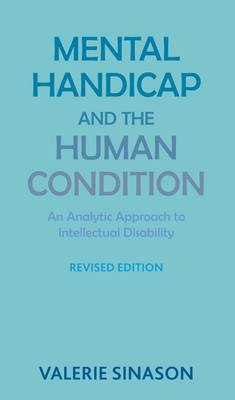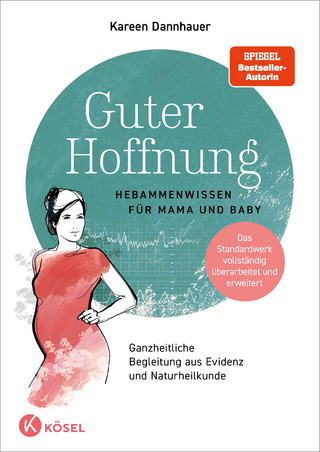
Breastfeeding Older Children
Seiten
2009
Free Association Books (Verlag)
978-1-85343-939-1 (ISBN)
Free Association Books (Verlag)
978-1-85343-939-1 (ISBN)
Breastfeeding is a globally recognized imperative for the preservation of infant health, and governments around the world have introduced breastfeeding promotion measures. Drawing on child development theories and neuroscience research, and anthropological opinion, this book explores the myths and reality surrounding this practice.
Breastfeeding is a globally recognized imperative for the preservation of infant health, and governments around the world have introduced breastfeeding promotion measures. While initiation rates have improved, duration rates at a few weeks or months after birth still lag behind the World Health Organization's recommendation that breastfeeding - for all children, in both developed and developing worlds - should continue for at least two years. Behind the figures, there is however an inverse reality. Today, increasing numbers of women in the industrialized world challenge social convention and breastfeed their children well beyond WHO guidelines. How widespread is this surprising, many would say shocking, phenomenon? Is it Nature's way or an unhealthy practice? Do mothers prolong breastfeeding for their own pleasure? Is it, as some say, a form of sexual abuse? Do overly controlling women coerce children into continuing because they wish their children to remain dependent, or are they meeting an innate child need? Does long-term breastfeeding impact negatively on child physical and emotional health, or does it have a positive effect? Do mothers pay a price?
How does the practice affect the family, and the couple relationship? Are breasts intended for infant feeding or for sexual pleasure? How and when did early weaning become established practice in the western world? Is sustained breastfeeding a reversion to a pre-feminist state, or is it a truly feminist issue? Drawing on child development theories and neuroscience research, archaeological findings and anthropological opinion, this book, explores the myths and reality surrounding this taboo practice to answer these and many other questions. In extracts from questionnaires, we also hear directly from mothers, fathers and the children themselves. Thought-provoking and challenging, this well-researched but thoroughly accessible book will appeal to all concerned with infant feeding and child health, as well as those with an interest in prehistory and the origins of western culture.
Breastfeeding is a globally recognized imperative for the preservation of infant health, and governments around the world have introduced breastfeeding promotion measures. While initiation rates have improved, duration rates at a few weeks or months after birth still lag behind the World Health Organization's recommendation that breastfeeding - for all children, in both developed and developing worlds - should continue for at least two years. Behind the figures, there is however an inverse reality. Today, increasing numbers of women in the industrialized world challenge social convention and breastfeed their children well beyond WHO guidelines. How widespread is this surprising, many would say shocking, phenomenon? Is it Nature's way or an unhealthy practice? Do mothers prolong breastfeeding for their own pleasure? Is it, as some say, a form of sexual abuse? Do overly controlling women coerce children into continuing because they wish their children to remain dependent, or are they meeting an innate child need? Does long-term breastfeeding impact negatively on child physical and emotional health, or does it have a positive effect? Do mothers pay a price?
How does the practice affect the family, and the couple relationship? Are breasts intended for infant feeding or for sexual pleasure? How and when did early weaning become established practice in the western world? Is sustained breastfeeding a reversion to a pre-feminist state, or is it a truly feminist issue? Drawing on child development theories and neuroscience research, archaeological findings and anthropological opinion, this book, explores the myths and reality surrounding this taboo practice to answer these and many other questions. In extracts from questionnaires, we also hear directly from mothers, fathers and the children themselves. Thought-provoking and challenging, this well-researched but thoroughly accessible book will appeal to all concerned with infant feeding and child health, as well as those with an interest in prehistory and the origins of western culture.
| Erscheint lt. Verlag | 1.12.2009 |
|---|---|
| Verlagsort | London |
| Sprache | englisch |
| Themenwelt | Sachbuch/Ratgeber ► Gesundheit / Leben / Psychologie ► Schwangerschaft / Geburt |
| Sozialwissenschaften ► Soziologie ► Mikrosoziologie | |
| ISBN-10 | 1-85343-939-8 / 1853439398 |
| ISBN-13 | 978-1-85343-939-1 / 9781853439391 |
| Zustand | Neuware |
| Haben Sie eine Frage zum Produkt? |
Mehr entdecken
aus dem Bereich
aus dem Bereich
Achtsam sprechen in Kita, Krippe und Kindertagespflege
Buch | Softcover (2022)
Verlag Herder
CHF 25,20
entspannte Eltern und glückliche Kinder
Buch | Softcover (2024)
Trias (Verlag)
CHF 26,90


